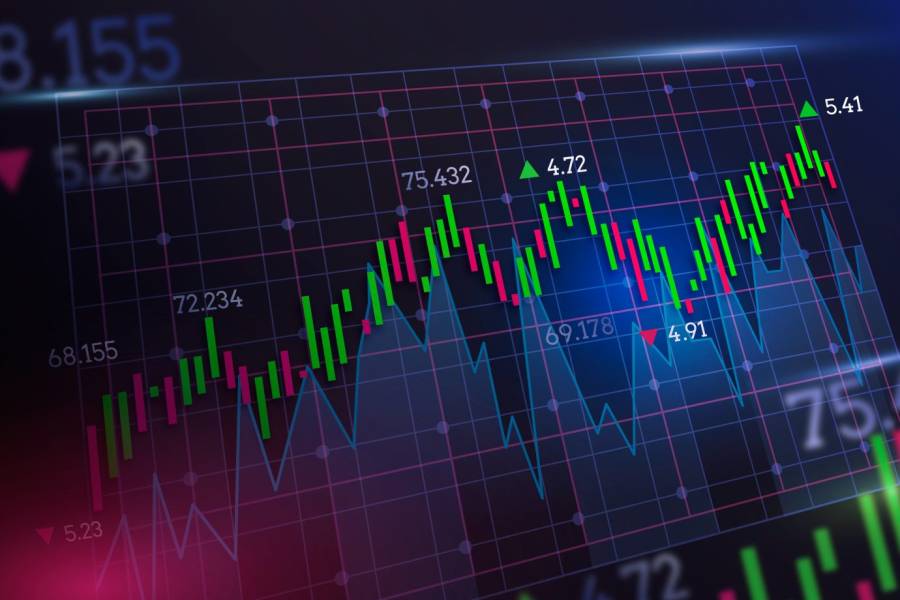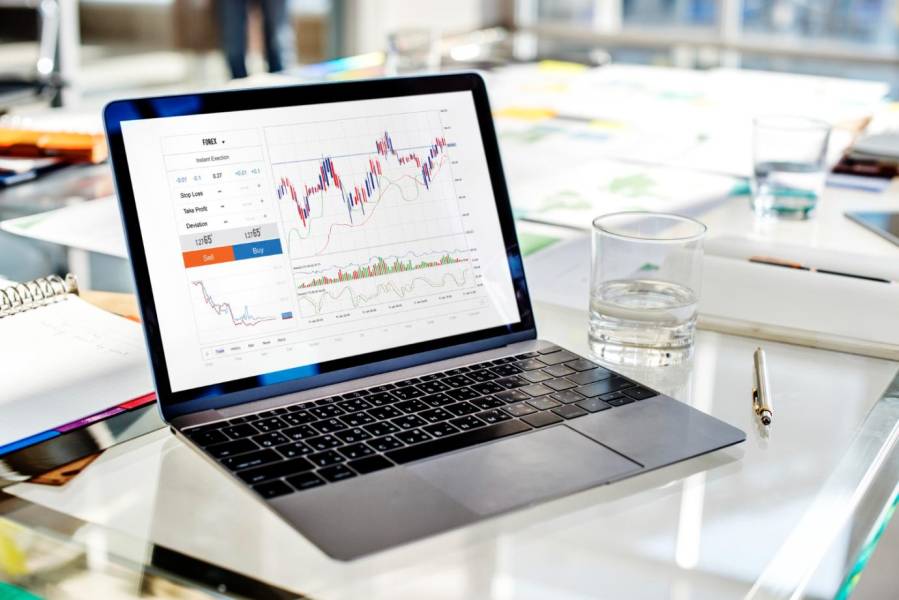
Data and numbers are the bedrock of decision-making when trading forex today. However, to make the best trading decisions, analyzed data has to cover a wide range of details, and that gives credence to the importance of big data. Let us explore how important big data analytics is in forex.
What Is ‘Big Data’ in Forex?
‘Big Data’ refers to large bodies of information collected from numerous transaction sources for onward analysis. They are usually numbers from marketplaces, popular sentiments, and indicators. As you might imagine, this data is typically complex, especially considering the enormity of the forex markets, which many trillions of dollars pass through. However, when properly analyzed, the results inform successful forex trading decisions by revealing market patterns, price trends, and the effect of associations. These insights are used by traders who use specialized platforms such as the MT4 trading platform to guide the market’s entry and exit positions.
Where Does Big Data Come From?
Before considering these critical roles, we have to dive into the sources of big data for analysis, as it will help us appreciate big data.
The Marketplace
This includes numbers from trade volumes, execution figures, the flow of buy-sell activities, and prices, both current time and old records.
Economic Reports
As the largest sector of the money market, foreign exchange is highly affected by economic variables such as reports from industrial activities, employment, and unemployment indices, and fluctuations in inflation rates, among other economic factors.
Trends and Opinions
Undoubtedly, a significant part of trading decisions are influenced by opinions and sentiments. By collecting and analyzing information about public attitudes towards a particular asset, one may have a go at rightly predicting trend movement.
Trusted Media Sources
Government policies and political events like a breakdown in bilateral connections or wars have influenced market trends. In those instances, trusted media sources are usually the first to inform the public of the possibility of the effects of such events.
Big Data’s Role in Improving Forex Trading
After large and complex forex data have been collected, stored, filtered to exclude noises, and analyzed, the insights are valuable to forex traders in various ways. Let’s explore them.
Algorithm-Assisted Trading
With continuous technological advancement, people are exploring ways to produce maximum results with minimum human involvement. The forex industry is included in this trend, and thanks to big data analytics, traders can preprogram automated trading to initiate transactions under present circumstances. The preset circumstances are usually insights from big data that show that a type of trade was profitable under those circumstances in the past or in real time. This way, the mental struggle is not only reduced. With algorithm-assisted trading, errors from human biases are eliminated to ensure logical trading decisions.
Pattern Identification
“Nothing is new, only reinvented.” In the world of foreign exchange, this is mainly true. Big data analyzes information from the past across several angles and identifies consistent patterns that may inform traders’ future decisions. For example, if analysis shows that when two economic power nations have conflicts, a particular currency pair is usually affected. It gives insights to traders should both nations endure conflict at that time.
Understanding Market Volatility

Although volatility works both ways, big data analytics provides safety by offering predictive market analysis. A currency pair is said to be volatile when its price value rises and falls frequently. When volatility is on the high side, the opportunity for gain and risk of loss is high. However, with insights from big data, MT4 traders can assess historical information about moments when asset prices were stable or fluctuating. This insight can guide traders to make more informed trading decisions with the best risk management strategies.
Sentiment-Influenced Forecasting
Big data analysis goes beyond computing numbers; it also involves examining public opinion. Public opinions from online forums, social media posts, polls, and articles are also important aspects of big data that are computed to provide insights into possible bullish or bearish price movements. For example, one can identify a bullish run when analysis shows a growing preference for a currency pair. On the other hand, increasing negativity towards a currency pair shows that it may begin a bearish run.
Trend Prediction
In forex trading, the fattest share of success usually goes to the earliest opportunists. They recognize when bullish trends are about to commence and ride on the wave before trends hit resistance zones. This strategy relies on calculations from big data analysis to understand the price patterns and indicators that triggered trends in the past. When these triggers are noticed, traders can enter markets early enough to make the most of a trend.
Security Purposes
This may be more important for regulatory bodies than for traders. Analysis from big data provides these firms with overall details of transactions on the market, which helps to spot inconsistencies and fraudulent activities. It makes it easier for them to ensure fair trading markets.
Possible Limitations

Despite the numerous advantages of big data analysis, it has some drawbacks. Let’s investigate a number of them.
Cost Intensiveness
Collecting and analyzing big data may be expensive for most entry-level or retail traders. That is because of the cost of storing these large files in distributed data servers.
Sensitivity
Some financial information is rather confidential, and collecting it may attract legal issues or cybersecurity concerns.
Errors from Oversight
In a bid to reduce noise or irrelevant details, some relevant data are left out of the analysis. Inaccurate trade decisions may occur when insights from such analysis are used to program automated trades.
The Promise and Potential of Advanced Analytics
With an ever-expanding industry before us, we cannot imagine decision-making processes without insights from big data analysis. From trend prediction, algorithm-assisted trading, public sentiment-influenced forecasting, pattern identification, understanding market volatility, and providing security, big data analysis seems to proffer more advantages than any possible drawbacks. As time progresses, MT4 traders will hope for more technological advancements to reduce the risk of loss and maximize profits from currency trades.
HedgeThink.com is the fund industry’s leading news, research and analysis source for individual and institutional accredited investors and professionals








